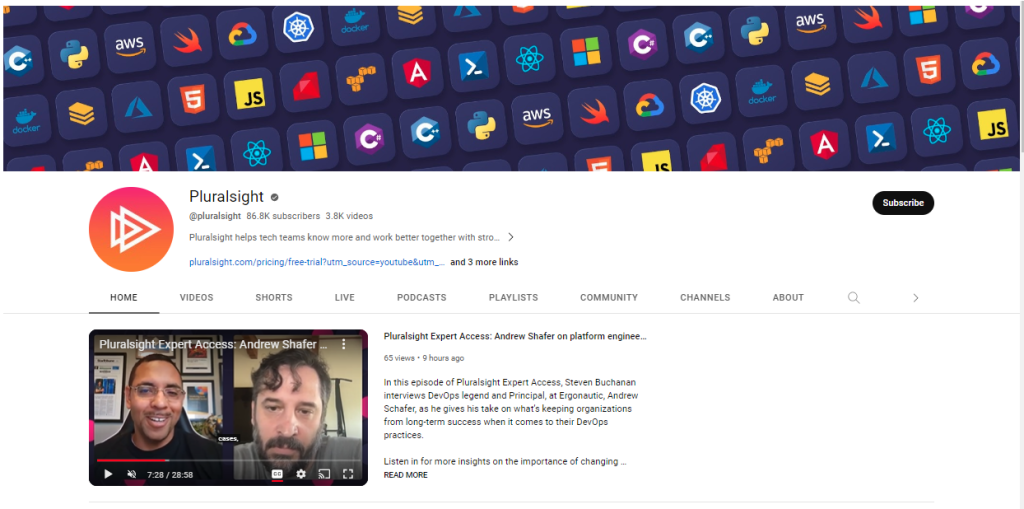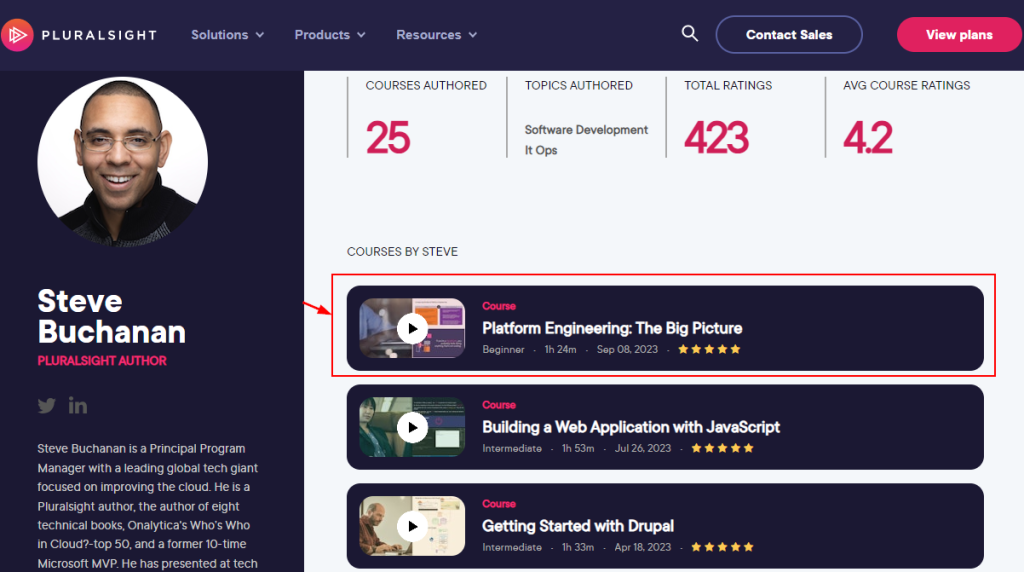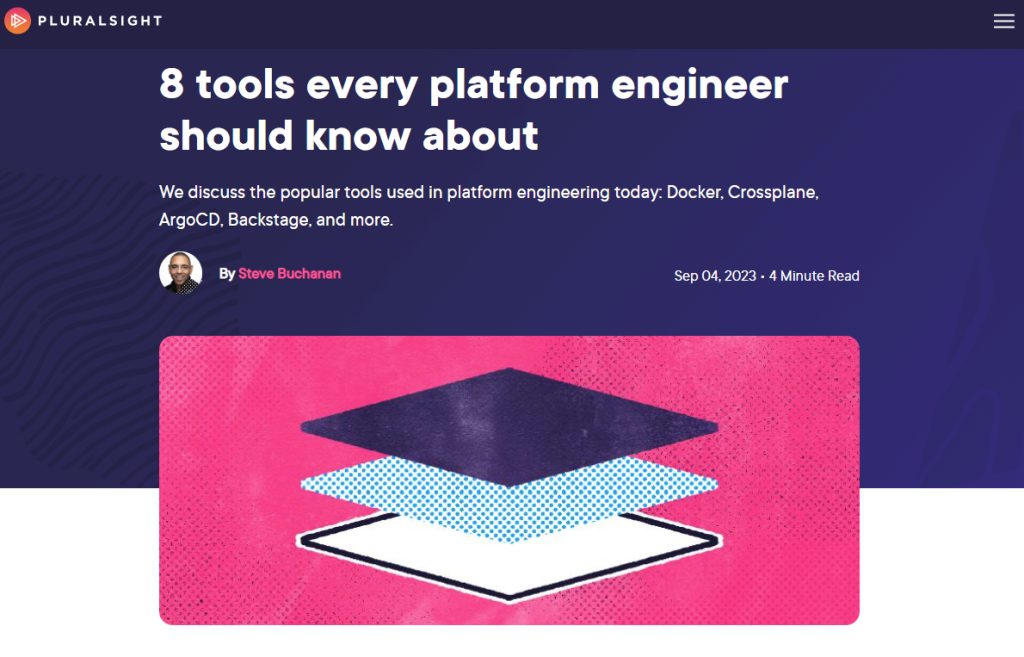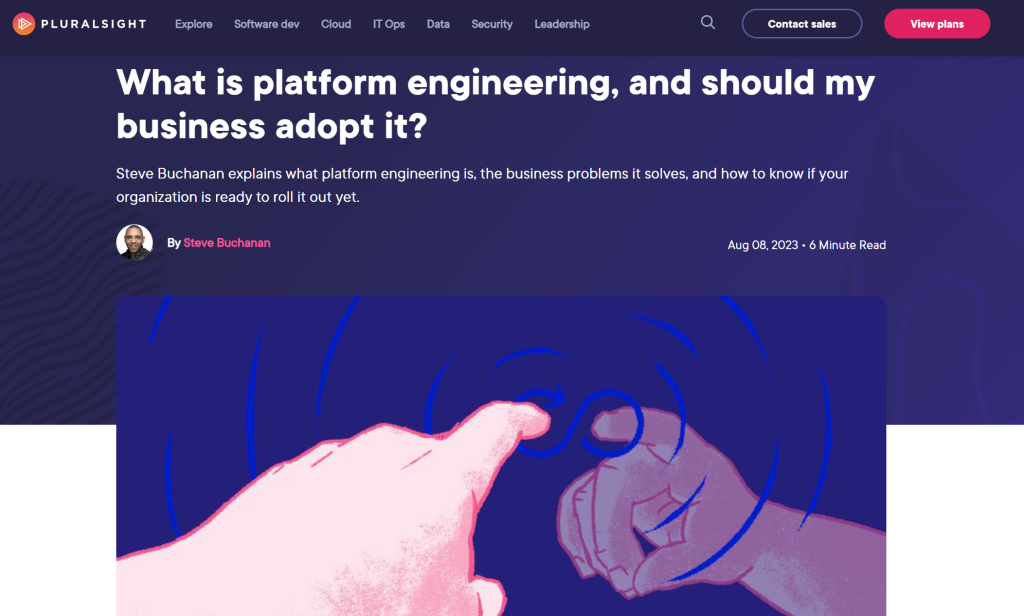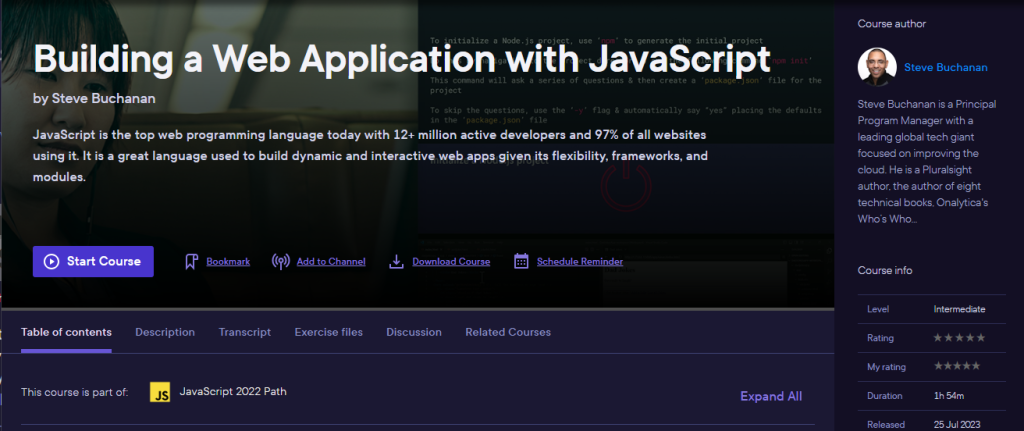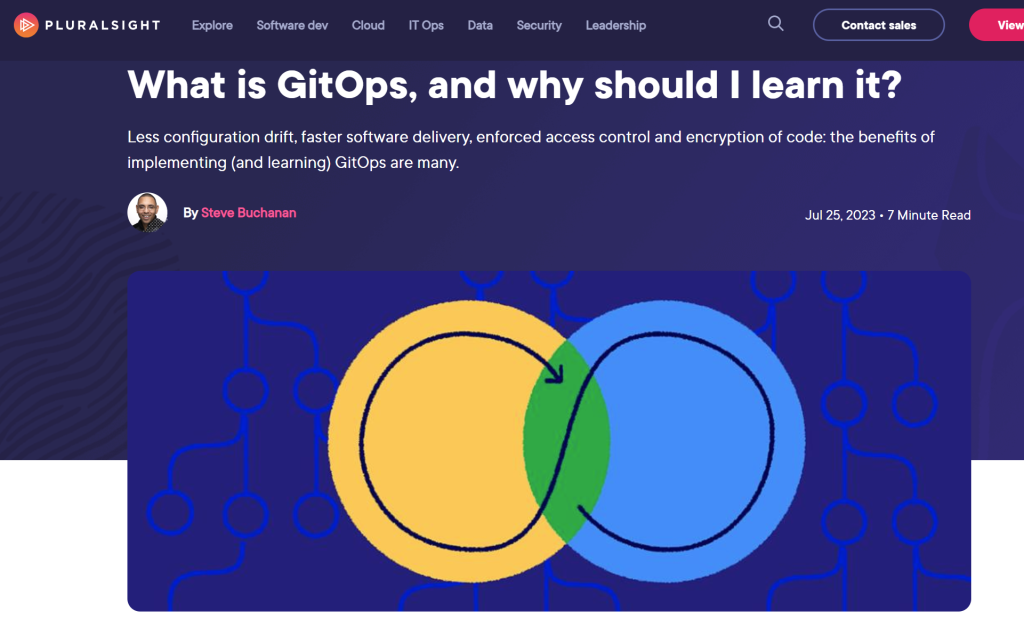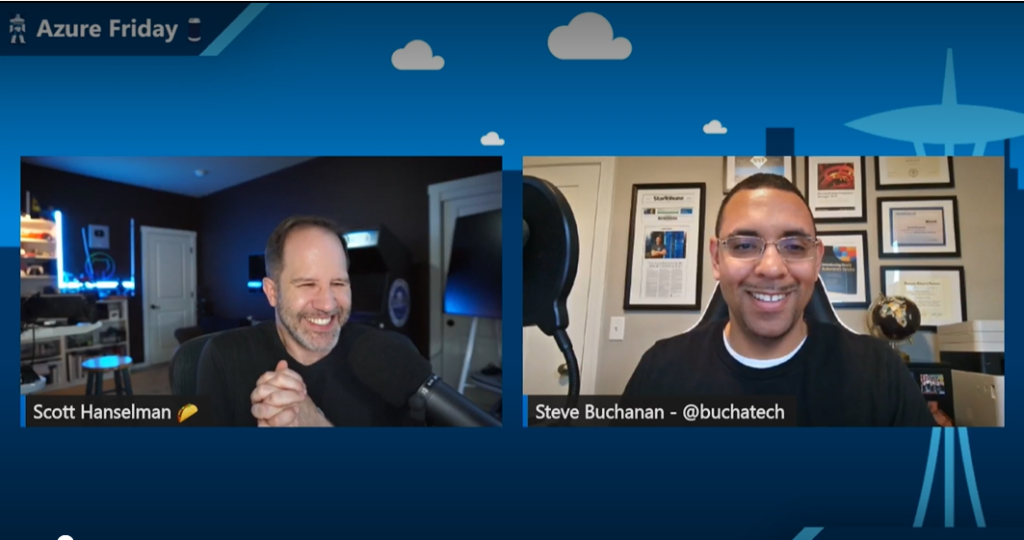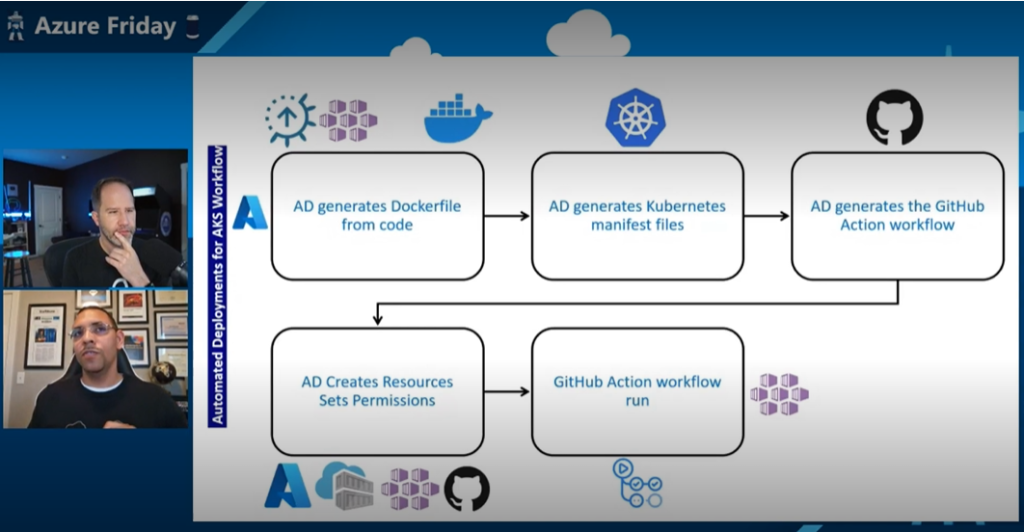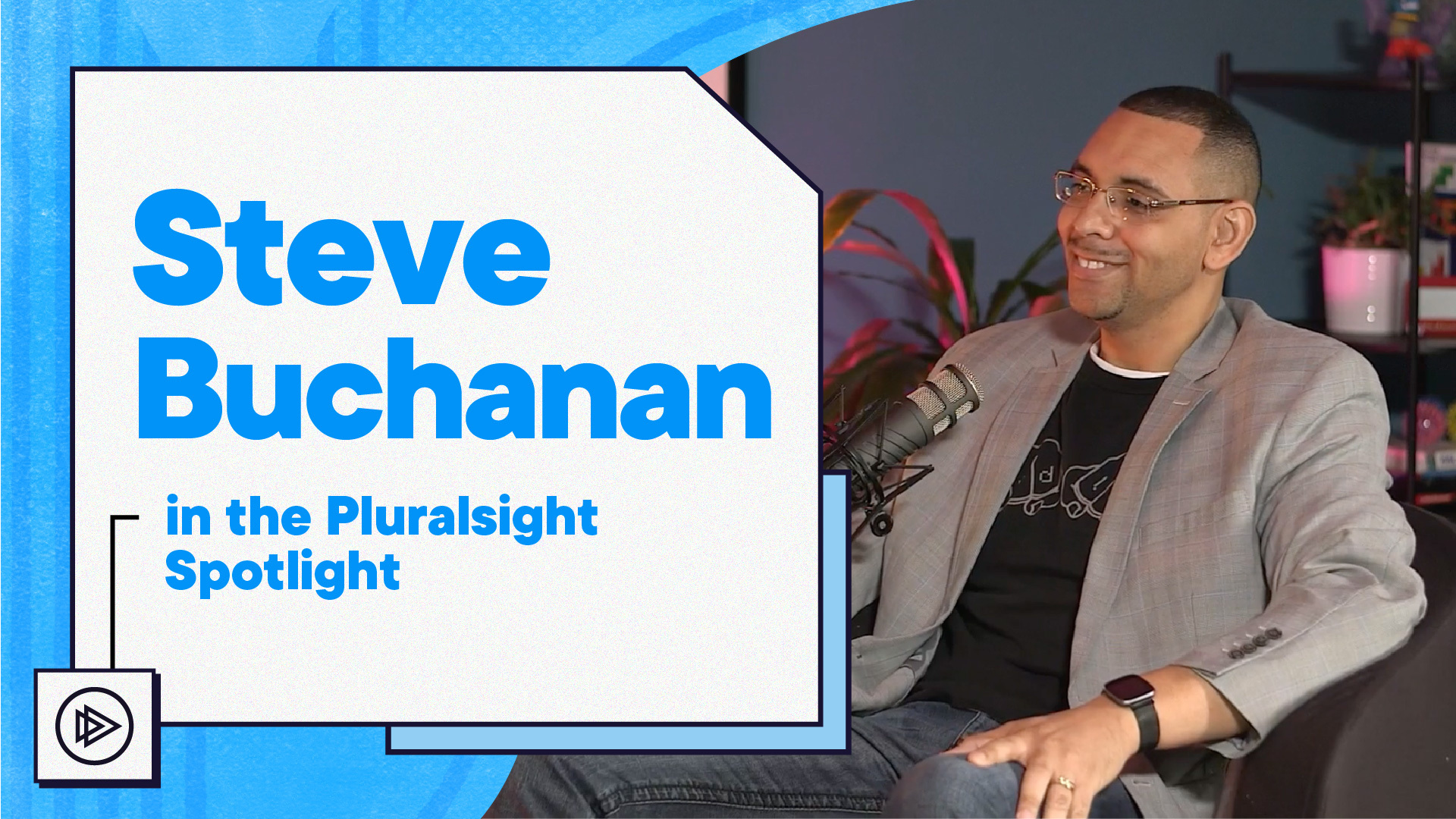Under the Computer Science Education Advancement Act (HF 759 and SF 757) (https://csforallmn.org/cs-ed-bill-2023/), the Minnesota Department of Education (MDE) has been charged to form a working group that will develop a strategic plan to improve Computer Science for k-12 education in the state of Minnesota. 🎓
🔄 There is an urgent need to elevate Minnesota’s computer science k-12 education position. Minnesota is currently last in the United States when it comes to computer science.
An insightful article highlighting this challenge can be found here: (https://www.startribune.com/minnesotas-high-school-tech-education-is-among-the-worst-stunting-local-industrys-growth/600275879/).
🔄I am thrilled to share that, among 80 applicants, I have been chosen as a member of this new “Minnesota Computer Science Education Working Group” by MDE! 🌟 It’s an honor to stand alongside esteemed technologists and educators from our state. Together, we are committed to crafting a comprehensive statewide computer science education program.

Our mission is clear: bridge the tech education gap in Minnesota’s schools through a plan for long-term and sustained growth of computer science education in all k-12 school districts and charter schools. The working group will develop a robust plan, slated to be presented to legislative committees overseeing education in the state. Upon approval, this plan will be set to improve computer science education statewide.
I am thankful to work at an organization such as Microsoft that supports employees to engage in initiatives such as this. This is a testament to Microsoft’s mission to “empower every person and every organization on the planet to achieve more”.
The working group kicks off this week with our first meeting. I am excited to impact computer science in K-12 education, and I invite you to learn more about the initiative here: https://education.mn.gov/MDE/dse/stds/ComputerScience/index.htm.


